Microplastics have been discovered in the plaques that accumulate in the coronary arteries.

Dr Harold Gunatillake, OAM, FRCS,
FIASC, FICS, AM(Sing), and
MBBS(Cey), a Health writer,
compiled this.
Overview:
This document concerns microplastics’ presence, potential health risks in the human body and the environment, and strategies to reduce plastic pollution. People with microplastics and nano plastics in plaque lining a major blood vessel in their neck may have a higher risk of heart attack, stroke or death, new research suggests.
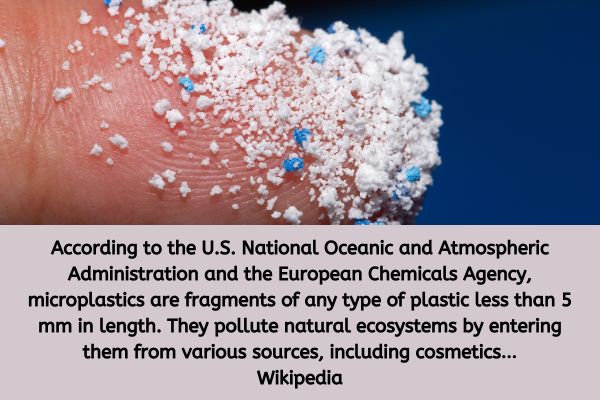
(Nanoplastics pose a more significant threat than microplastics as they can penetrate biological membranes).
Living in developed countries today comes with health hazards caused by consuming unhealthy diets. Regular consumption of hot foods, street foods, and highly salted processed fatty fried foods can lead to clogging of arteries, which increases the incidence of cardiovascular disease and stroke. In the past, our parents used to cook our meals in clay pots. They would cook the food by boiling it in water in such utensils and then temper it for taste; subsequently, the healthiest procedure of cooking food.
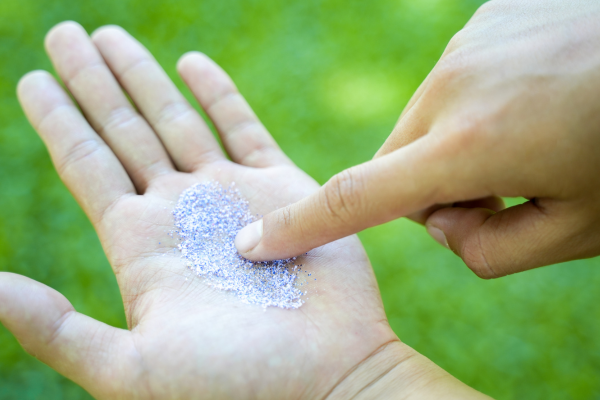
However, today, in the fast-food world, all foods are fried in cooking oil for convenience and taste, which is not healthy, causing many health problems.
This modern lifestyle has led to numerous health issues, such as obesity, cardiovascular disease, diabetes, and cancer, among others.
Another new health hazard.
Unfortunately, we now face another health hazard caused by using polythene bags to wrap food items instead of paper bags, as was the case in the past. Microplastics, plastic fragments less than 5mm long, pollute natural ecosystems through various sources, including cosmetics, clothing, food packaging, and industrial processes. Supermarkets commonly use polythene bags to package food items, contributing to this pollution.
Microplastics are particles smaller than 5 millimetres, while nanoplastics are even smaller, so they can only be seen using specialised microscopes. Over the years, these particles have become widely present, and their existence can no longer be denied. They have been discovered in fresh snowfall in Antarctica, at the depths of the Marianas Trench, as well as in human blood, breast milk, urine, and placental, lung, and liver tissue. Since 1980, global plastic production is estimated to have accounted for 8.3 billion metric tonnes (MTs), over half of which has been discarded after a single use.
The National Oceanic and Atmospheric Administration and the European Chemicals Agency found that microplastics hurt the environment.
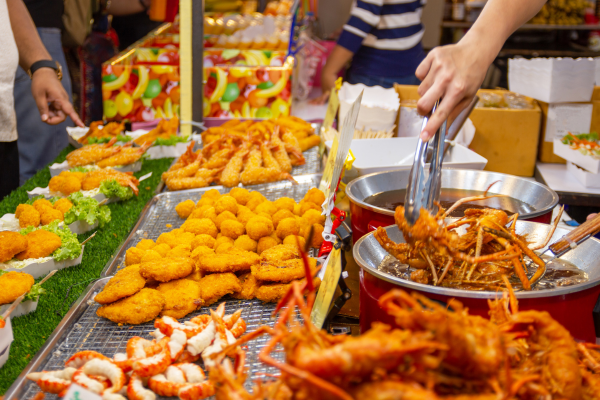
Water is one of the worst sources of microplastic. A person who drinks only bottled water would ingest around 130,000 microplastic fragments yearly from that source alone.
Microplastics did not appear phytotoxic to wheat because 19% of the antioxidant system was stimulated, 2% of the morphology was reduced, and 4% of the photosynthesis was inhibited.
Some animals mistake the particles for food, while others ingest them when they consume animals that have eaten them. So, are these microplastics harmful to other animals and us?
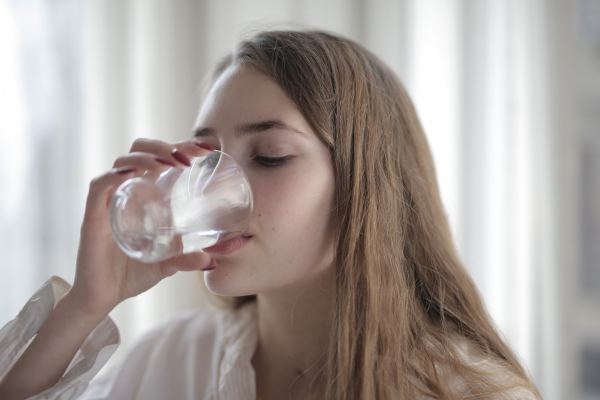
Significant levels of microplastics pollute the ocean, freshwater, and land, and research shows that animals, including humans, eat these microplastics. (sciencelearn.org.nz)
DAVID NIELD, a Journalist, writes on HEALTH, 5 March 2024, that tiny fragments of microplastics are making their way deep inside our bodies in concerning quantities, significantly through our food and drink.
There’s a Surprisingly Simple Way to Remove Microplastics From Your Drinking Water
Scientists have now found a simple and effective means of removing them from water. A team from Guangzhou Medical University and Jinan University in China tested soft and hard tap water (richer in minerals), adding nanoplastics and microplastics (NMPs) before boiling the liquid and filtering out any residues.
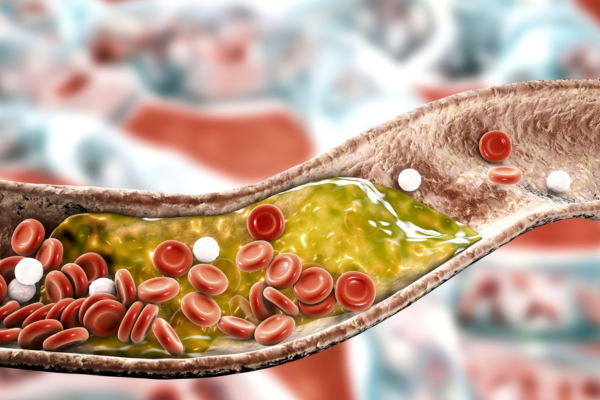
Microplastics are tiny plastic particles that can end up in the environment and be ingested or inhaled by people. A recent study found that nearly 60% of people undergoing surgery had microplastics or smaller nanoplastics in a main artery. Those with these particles were 4.5 times more likely to experience heart attacks, strokes, or death within approximately 34 months after the surgery compared to those with plastic-free arteries.
Dr. Raffaele Marfella, a cardiology researcher at the University of Campania Luigi Vanvitelli in Naples, Italy, led a new study to identify new risk factors for cardiovascular disease. The study was initiated due to the increasing amount of degraded plastic pollution in the environment. Dr. Marfella and his colleagues wondered whether micro- or nanoplastics could harm our arteries. These tiny plastic particles can enter the body through ingestion, inhalation, or skin contact.
Although the study is inconclusive, it raises concerns about the potential impact of microplastics on cardiovascular health and plaque buildup in blood Graphical abstract: Microplastics in blood vessels . Here are some general strategies that may help promote cardiovascular health and potentially reduce the risk of plaque buildup in blood vessels:
It is essential to keep in mind that making specific lifestyle changes can have a significant impact on our overall health. While researchers are still uncovering the potential adverse effects of microplastics, it is always a good idea to adopt heart-healthy habits that can improve the health of our cardiovascular system and potentially reduce the risk of plaque-related issues. Microplastics can come from different sources, both directly and indirectly. Let’s take a closer look at some of these sources.
“Plastic pellets, also known as pre-production pellets or nurdles, are small granules of plastic used to create various plastic products. These pellets are slow to degrade and can easily enter the environment, posing a significant risk to marine and human life. Due to their small size, they can be ingested by fish and birds, which can disrupt the food chain and harm the health of both animals and humans.”
Personal Care Products: Some products, such as exfoliating scrubs and toothpaste, contain tiny plastic microbeads. These beads can wash down drains and end up in water bodies.
Paint: Paint particles can release microplastics during weathering and erosion. Washing Wastewater: Synthetic fabrics shed microfibers during washing, contributing to microplastic pollution.
Sewage Sludge: Sewage treatment plants can accumulate microplastics from various sources.
Plastic Running Tracks and Artificial Turf: These materials can degrade over time, releasing microplastics.
Rubber Road Surfaces: Tire wear on roads can generate rubber particles, contributing to microplastic pollution.
Vehicle Tyre Wear: As vehicles increase globally, tyre wear becomes a significant source of environmental microplastics.
Municipal Debris: Items like plastic bags and bottles break into smaller particles over time.
Fishing Wastes: Discarded fishing gear, including nets and lines, can fragment into microplastics.
Agricultural plastics, such as mulch films, can break down into tiny pieces, while more oversized plastic items eventually become microplastics under natural conditions. Of all these sources, increasing vehicle tyre wear is particularly concerning. However, research on the presence of rubber particles in the environment is still limited. Proper management of plastic waste and wastewater is essential to prevent and control the pollution caused by microplastics in the future.
Remember that addressing microplastic pollution requires collective efforts to safeguard our environment and health, from individual choices to policy changes.
Reducing plastic pollution is vital for our planet’s health. Here are some practical steps we can take:Wean Yourself Off Disposable Plastics:
Did you know that about 90% of the daily plastic items are used once and then thrown away? These include grocery bags, plastic wraps, disposable cutlery, straws, and coffee cup lids. However, we can all do our part to reduce plastic waste by using reusable alternatives. Consider bringing your bags when shopping, carrying your silverware to work, and using a travel mug for your coffee. Small steps like these can make a big difference in creating a more sustainable future.
Stop Buying Bottled Water: Close to 20 billion plastic bottles end up in the trash each year. To avoid singleuse plastic bottles, carry a reusable water bottle with you. If you’re concerned about tap water quality, choose a bottle with a built-in filter.
Here are some tips to reduce plastic usage and help protect the environment: Microbeads are tiny plastic scrubbers commonly used in facial scrubs, toothpaste, and body washes. However, these little plastic particles can easily pass through water treatment plants and harm marine animals. It’s best to avoid using products containing microbeads and instead opt for natural exfoliants like oatmeal or salt. Boycotting microbeads is an effective way to protect our planet and its inhabitants.
2. Cook More: Preparing meals reduces reliance on takeout containers and plastic doggy bags. When ordering takeout or eating out, decline plastic cutlery. For extra credit, bring your food-storage containers to restaurants for leftovers.
3. Purchase Secondhand Items: Buying secondhand reduces the demand for new plastic packaging. Check out thrift stores or online platforms for toys, gadgets, and other items.
4. Improve Plastic Product Design: We can also improve the design of plastic products. This could include using more eco-friendly materials or developing better recycling systems. Encourage reusable and refillable options. Redesign plastic products to provide more opportunities for reuse and refilling. Increasing Solid Waste Collection is crucial to ensure effective waste management and prevent plastic pollution from adversely impacting communities. We should also advocate for fewer single-use plastic products and reduce pollution from plastic production facilities. Remember that every small action counts. By making conscious choices collectively, we can significantly reduce plastic pollution and protect our environment. “The issue of microplastic pollution has received little attention so far. However, addressing this problem before it becomes a major, uncontrollable issue is important. This pollution can adversely affect our environment and individual health, mainly cardiovascular health. Therefore, it is crucial to take action and prevent this demon from causing more damage.”
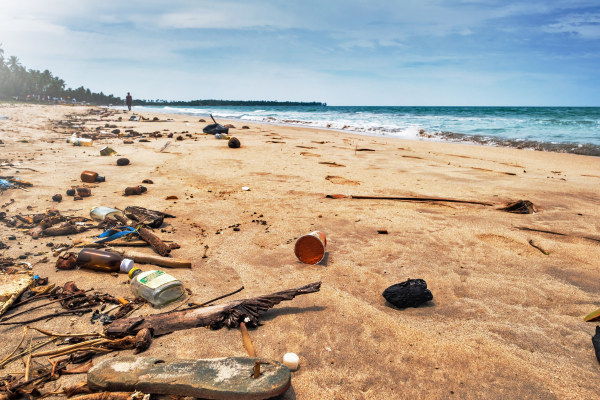
Marine Plastic Pollution Down South Sri Lanka







